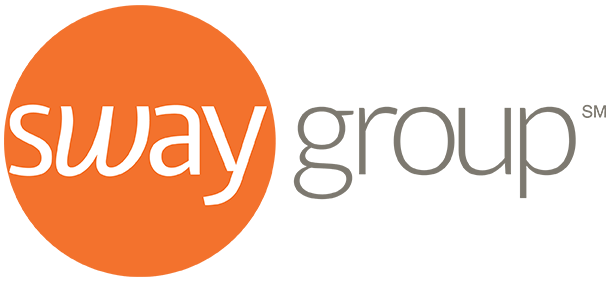NIL officially became a red-hot marketing topic on July 1, 2021, when the NCAA enacted a rule to allow college athletes to profit from their names, images and likenesses (NIL). Now college athlete endorsements are on the rise, with all sorts of splashy six- and seven-figure deals making headlines. For brands that are curious about NIL marketing, today’s buzzy sponsorships might give the impression that partnering with a student-athlete is about as affordable as hiring Shaquille O’Neal. The reality is that NIL influencer marketing offers the ability for brands to partner with athletes at every level of every sport.
While the biggest deals tend to get the most attention, there are incredibly valuable NIL opportunities among the nearly half a million NCAA student-athletes who compete in 24 different sports each year.
The new NIL rules mean that student-athletes can finally make money for their influence—and brands have access to a whole new spectrum of marketing possibilities.
3 Big Myths About NIL Influencer Marketing That Brands Need To Know
Since NIL marketing is a relatively new (and ever-evolving) development in the collegiate athletics space, there are a number of misunderstandings about who can benefit from student-athlete partnerships. Let’s take a look at three all-too-common myths about NIL inlfuencer marketing.
Myth #1: NIL marketing is for superstar athletes only.
It’s true that the NIL deals that capture media attention are typically centered around recognizable top athletes signing huge brand endorsements. This hardly captures the spectrum of possibilities NIL marketing has to offer though.
NIL marketing isn’t just for the top players or the top sports. It’s not a special arrangement just for athletes from Power 5 schools or those who participate in the NCAA’s traditional breadwinner athletics. The truth is that performance on the field isn’t always directly linked to a student-athlete’s NIL brand potential. Athletes of all kinds can have passionate followings, regardless of their sport of choice or follower count.
NIL tends to be associated with football and basketball, but it truly serves up a whole menu of affordable athletes in all sports. Depending on the brand objectives behind a NIL campaign, marketers may find they get more engagement with players from other sports like swim, volleyball, cheerleading, lacrosse, etc.
Game performance is an obvious factor, but brands should also strongly consider student-athlete target audience relevance and overall brand fit—just like choosing an influencer to partner with.
Myth #2: Only big corporate spenders can afford NCAA NIL athlete sponsorships.
While it used to be that sports sponsorships were limited only to entire teams (with a price tag to match), now nearly any brand has the chance to partner with an influential athlete. The sheer variety of athletes available in Division I, II and III college athletics means that brands have an entire spectrum of affordable and effective outreach opportunities.
NIL opportunities come in all shapes and sizes. Just like in influencer marketing, there are high-profile personalities that come with high price tags and lesser-known accounts that can still spark a big impact with highly engaged followers without breaking the bank.
The high-end of the NIL market may get the most attention, but the majority of deals are smaller and more localized. NIL marketing is also generally much less expensive than institutional sponsorships. Instead of spending the big bucks for signage on the field, brands can support student-athletes directly.
Myth #3: Student-athletes aren’t as influential as pro-athlete influencers.
For marketers who are interested in reaching niche college-level followers (other students, alumni, locals, etc.), student-athletes drive incredibly high affinity—not just locally but also on a national and regional scale.
Just like with influencer marketing, authenticity in NIL is key. Today’s consumers respond to genuine, relevant brand experiences, not stale sponsor shout-outs. The best NIL campaigns allow student-athletes to share brand messaging in their own voice, showing audiences how a promoted brand or service helps them on and off the field.
College students offer a different sort of appeal than professional athletes and can seem more raw and genuine. In this way, student-athlete endorsements have the potential to be perceived as more personal and authentic.
It’s true that working with student-athletes can be different than working with a seasoned creator who already knows the ins and the outs of social media sponsorships. For brands that are crunched for resources, working with an influencer or NIL agency can ease the effort.
A few things to keep in mind:
- Partnering with NCAA athletes also means complying with their individual university and state guidelines and disclosure requirements.
- Different states have different policies, and universities typically have their own disclosure and compliance requirements.
- Student-athletes who are new to NIL may have a learning curve when it comes to sponsored content creation and require some extra assistance.
The Final Word On NIL Influencer Marketing
People have always been intrigued by players, their lifestyles and their athletic journeys, and NIL is an exciting new way for these real-life stories to elevate brand messaging. NCAA athletes offer a whole new world of influential brand ambassadors who can generate excitement and engagement in a way that resonates with tuned-in audiences and alumni.
For brands looking to score with today’s consumers, it’s game on with NIL.
This article was originally published on Forbes as a Forbes Agency Council post.

